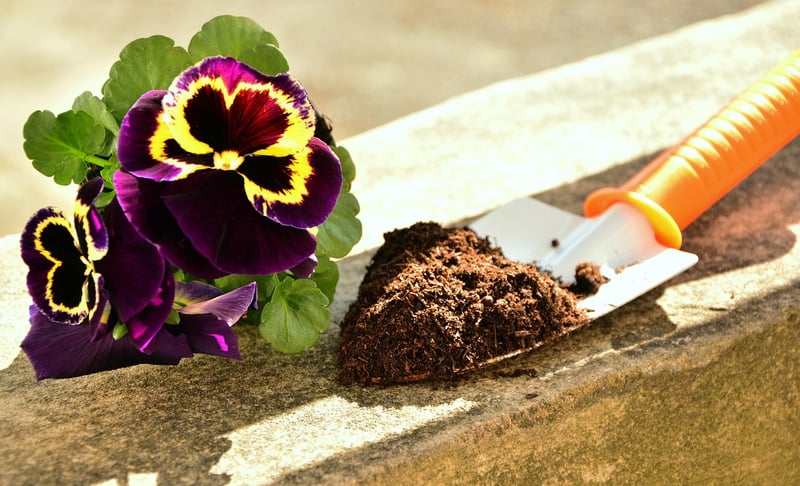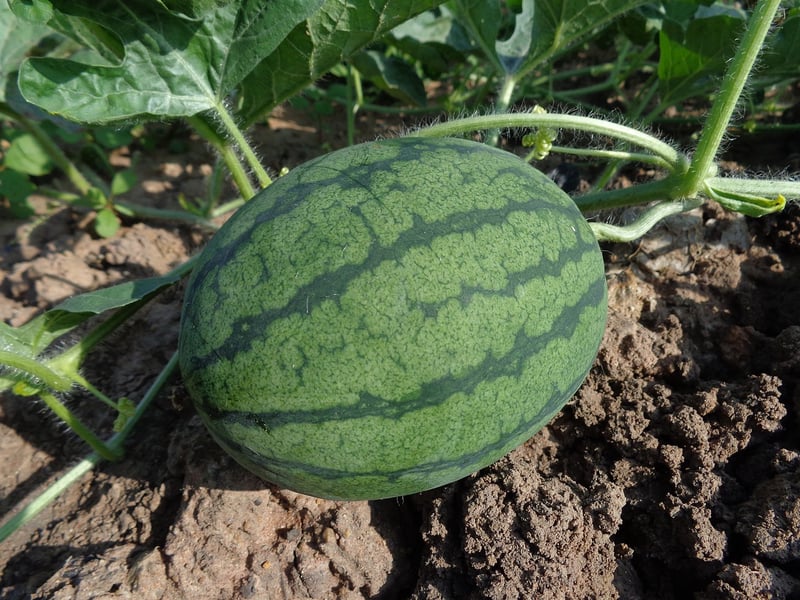Soil Mixes
Essential Items for Vertical Gardening
Vertical Gardening: A Space-Saving Solution
Vertical gardening is a fantastic way to maximize your gardening space, especially if you have limited space or live in an urban environment. By growing plants vertically, you can create stunning green walls, grow fresh herbs, or even cultivate vegetables without the need for a large backyard. To get started with vertical gardening, here are some essential items you'll need:
1. Vertical Garden Structure
Choose a sturdy vertical garden structure that suits your space and gardening needs. Options include wall-mounted planters, vertical garden towers, hanging baskets, and pallet gardens. Make sure the structure is secure and provides adequate support for your plants.
2. Quality Potting Mix
Use a high-quality potting mix that is well-draining and nutrient-rich. Avoid using garden soil, as it may not provide the right balance of nutrients and can be too heavy for vertical gardens. Look for a lightweight mix specifically formulated for container gardening.
3. Drip Irrigation System
Keep your vertical garden properly hydrated with a drip irrigation system. This will ensure that your plants receive a consistent and controlled amount of water, promoting healthy growth and reducing water waste. Choose a system that is easy to install and can be customized to fit your garden structure.
4. Vertical Garden Plants
Select plants that are well-suited for vertical gardening, such as trailing vines, compact herbs, and leafy greens. Consider the amount of sunlight your vertical garden receives and choose plants that thrive in those conditions. Mix and match different plant varieties to create a visually appealing vertical garden.
5. Supportive Structures
Provide support for climbing plants by using trellises, stakes, or plant cages. These structures will help your plants grow vertically and prevent them from becoming tangled or overcrowded. Ensure that the supports are securely anchored to the vertical garden structure.
Soil Mixes for Vertical Gardening
1. Lightweight Potting Mix
Opt for a lightweight potting mix that contains a blend of peat moss, perlite, vermiculite, and compost. This mix provides excellent drainage and aeration, crucial for vertical gardens where excess water can easily accumulate and cause root rot.
2. Moisture-Retentive Mix
For plants that require more moisture, consider using a mix that includes water-retaining additives like coconut coir or water-absorbing polymers. This type of mix can help prevent water stress in plants growing vertically, especially during hot weather.
3. Nutrient-Rich Mix
Ensure your vertical garden plants have access to essential nutrients by using a potting mix enriched with organic matter, such as compost or aged manure. Regularly fertilize your vertical garden to replenish nutrients that may leach out with frequent watering.
4. pH-Balanced Mix
Check the pH of your soil mix to ensure it falls within the optimal range for the plants you intend to grow. Most plants prefer a slightly acidic soil, so adjust the pH if necessary using products like lime or sulfur to create a suitable growing environment.
With the right tools and soil mixes, you can create a thriving vertical garden that adds beauty and greenery to any space. Experiment with different plant combinations and care for your vertical garden regularly to enjoy a bountiful harvest or a lush display of foliage.


